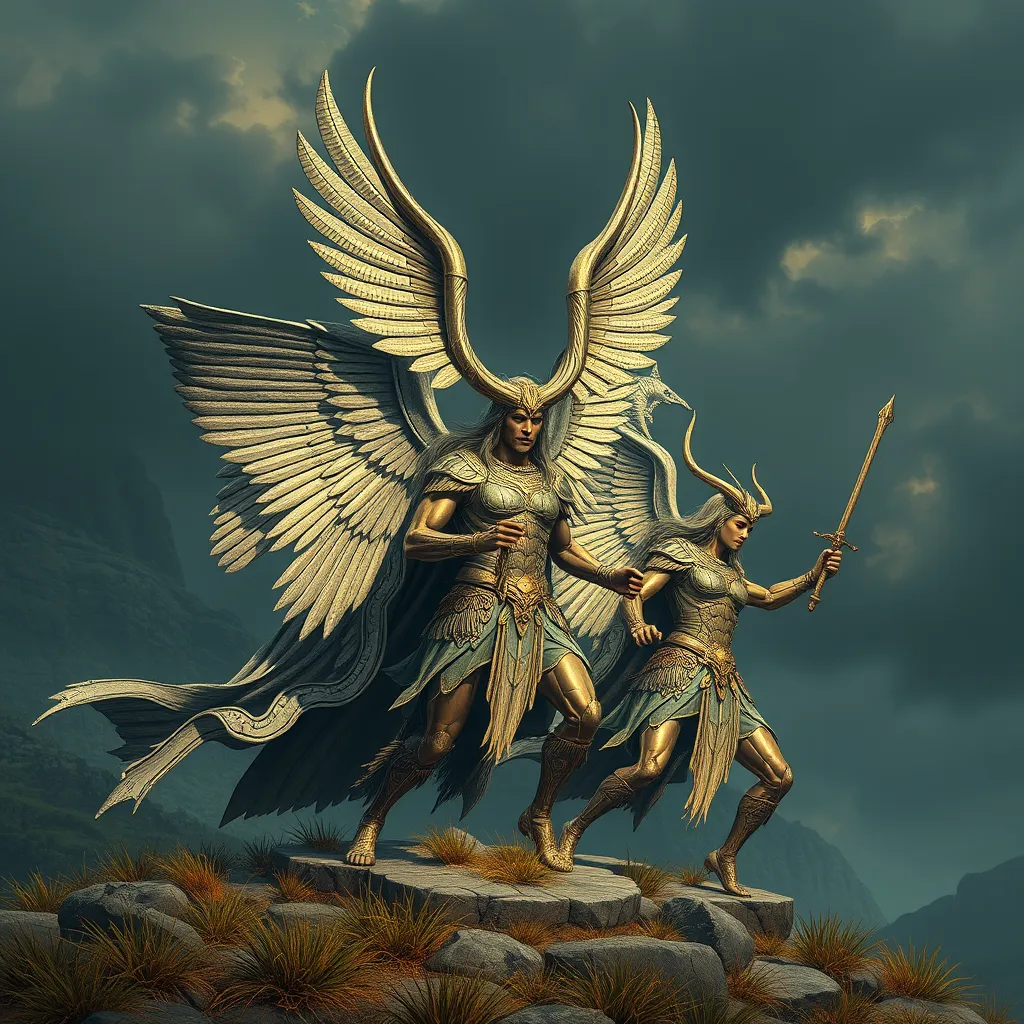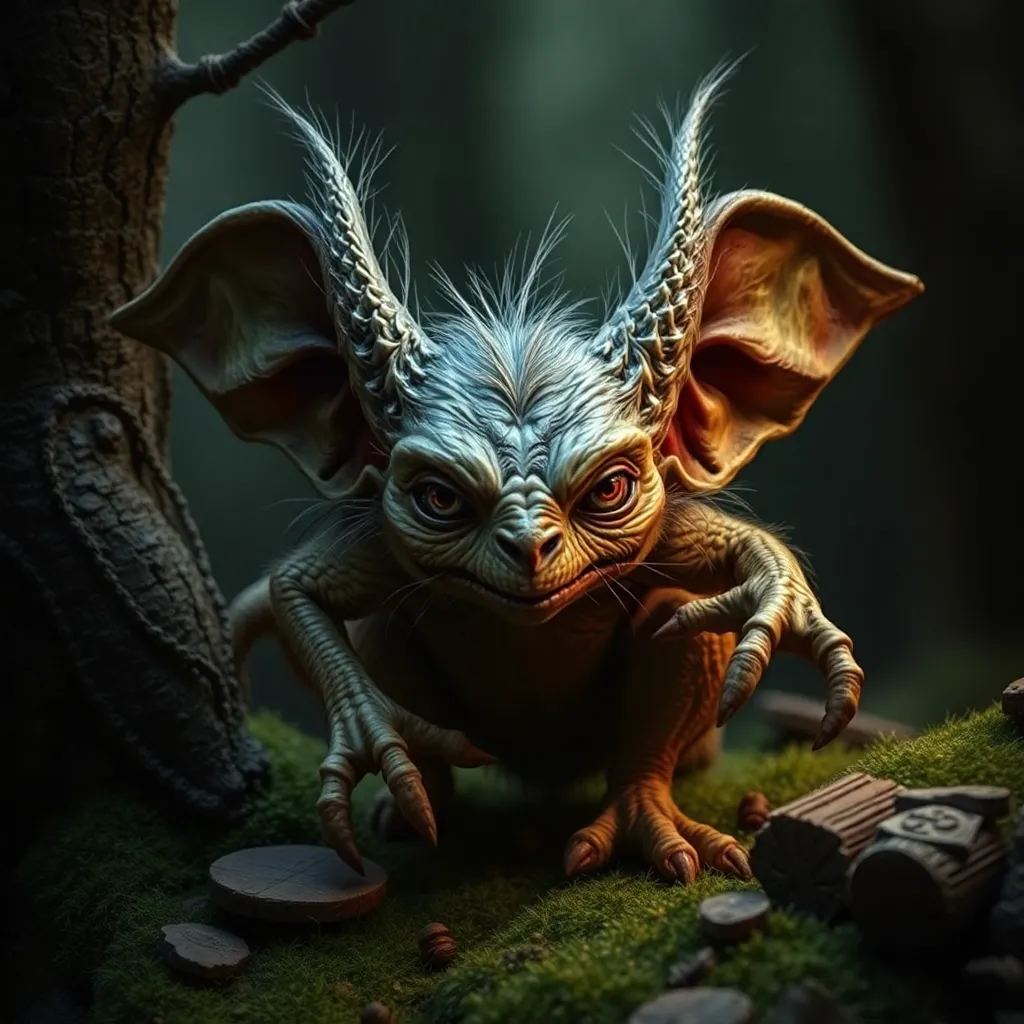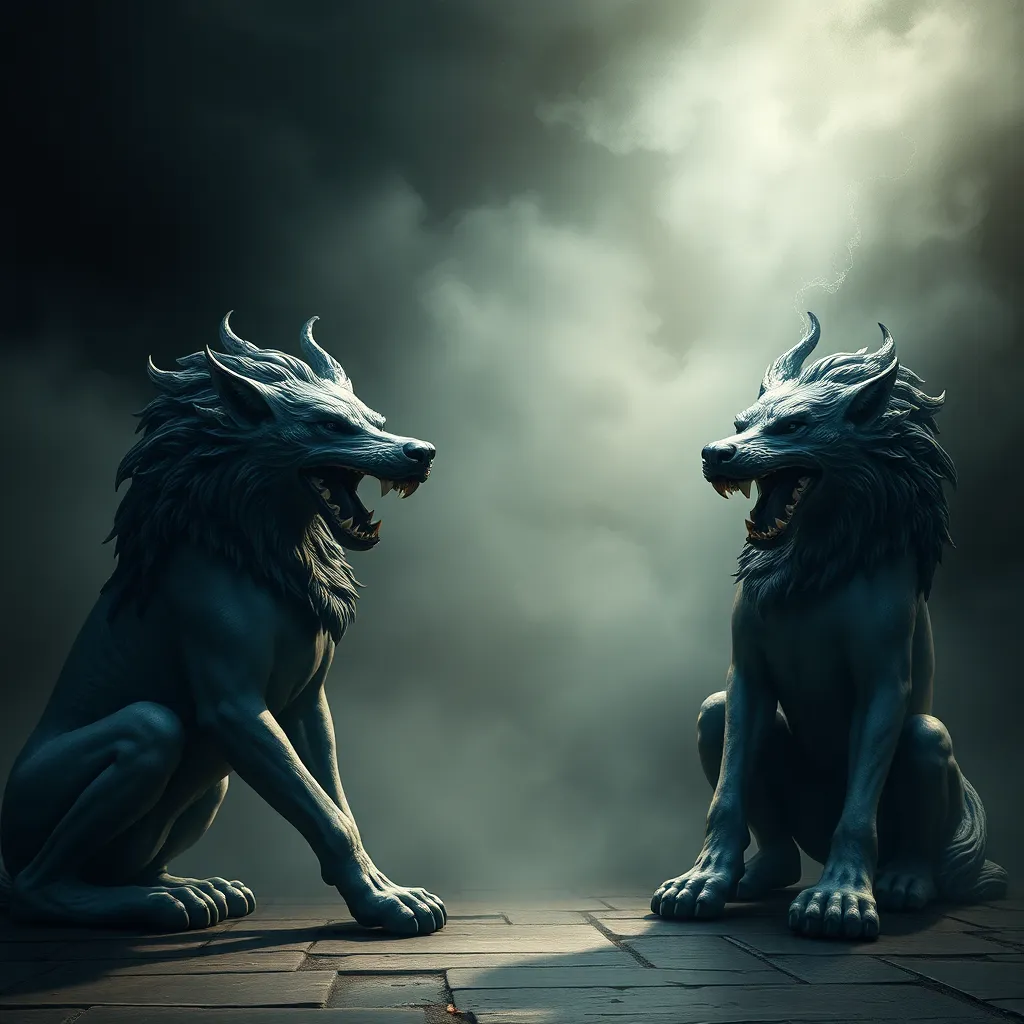The Leprechaun’s Wisdom: Discovering the Hidden Lessons in Irish Folklore
I. Introduction
Leprechauns are enchanting figures in Irish folklore, often depicted as small, bearded men wearing green coats and buckled shoes. They are known for their mischievous nature and their role as solitary shoemakers. Beyond their whimsical appearances, leprechauns carry deep-seated significance within Irish culture, serving as vessels for moral lessons that echo through generations.
Folklore is a vital component of cultural identity, acting as a means to convey wisdom, values, and societal norms. Through tales of leprechauns, listeners are drawn into a world where cleverness, humility, and caution are paramount. This article aims to explore the wisdom inherent in leprechaun tales and uncover the lessons that resonate even in modern times.
II. The Origins of Leprechaun Tales
The origins of leprechaun tales can be traced back to ancient Celtic mythology, where they were seen as a type of fairy or spirit. The word ‘leprechaun’ itself is believed to have derived from the Irish term ‘leipreachán,’ linked to the word ‘lobaircin,’ meaning ‘small-bodied.’ These beings were initially depicted as part of the Tuatha Dé Danann, the mythical race of gods and heroes in Irish lore.
Over the centuries, the myths surrounding leprechauns evolved, influenced by historical events, cultural exchanges, and changing societal values. As Ireland faced challenges such as colonization and famine, the lore of the leprechaun became a source of national identity, symbolizing resilience and cleverness in the face of adversity.
Moreover, leprechaun myths connect to broader themes in Celtic mythology, where creatures often embody the duality of nature—both benevolent and mischievous, wise yet prone to trickery.
III. Key Characteristics of Leprechauns
Leprechauns are characterized by several distinctive traits:
- Physical Traits: Leprechauns are typically portrayed as small, no taller than a young child, with white beards and twinkling eyes. Their attire usually consists of green coats, hats, and buckled shoes.
- Demeanor: They are known for their playful yet cunning nature, often using their wit to outsmart those who seek their treasures.
The symbolism of leprechauns in Irish society is profound. They represent the spirit of independence and the cleverness that the Irish people are known for. As guardians of hidden gold, they symbolize the rewards of hard work and the importance of being mindful of greed.
In folklore, leprechauns play the role of tricksters, leading those who are greedy astray while also serving as protectors of their treasures. This duality adds depth to their character and reinforces the moral lessons embedded in their stories.
IV. Common Themes in Leprechaun Folklore
Several recurring themes can be found in leprechaun folklore that provide valuable insights:
- The Value of Cleverness and Wit: Many tales highlight the importance of being resourceful and quick-thinking, as characters who rely on their intelligence often succeed.
- The Importance of Humility and Caution: Characters who approach leprechauns with arrogance or greed typically find themselves in dire situations, reinforcing the need for humility.
- Lessons on Greed and the Pitfalls of Desire: Folklore often warns against the perils of avarice, illustrating how the pursuit of wealth can lead to one’s downfall.
V. Notable Leprechaun Stories and Their Morals
Several leprechaun tales stand out for their moral teachings:
- The Tale of the Lucky Coin: In this story, a man discovers a leprechaun’s gold coin and becomes consumed by greed. Ultimately, he loses everything, teaching the lesson that wealth without wisdom is futile.
- The Clever Farmer: A farmer captures a leprechaun and demands his gold. The leprechaun tricks the farmer into digging a hole that leads nowhere, illustrating the value of wit over brute force.
These tales not only entertain but also serve as cautionary tales that resonate with audiences, drawing parallels to similar stories found in other cultures, such as Anansi the Spider in African folklore or Br’er Rabbit in African American tales.
VI. The Modern Relevance of Leprechaun Wisdom
Today, the wisdom found in leprechaun tales continues to resonate with contemporary audiences. The themes of cleverness, humility, and caution are timeless, applicable to various aspects of modern life:
- Personal Development: The lessons from leprechaun folklore encourage individuals to cultivate intelligence and humility in their pursuits.
- Financial Wisdom: The warnings against greed are particularly relevant in today’s consumer-driven society, reminding us to value experiences over material wealth.
The enduring popularity of leprechaun-themed media, from films to books, demonstrates the timeless appeal of these tales. They serve as a bridge connecting the past with the present, inviting new generations to explore the rich tapestry of Irish culture.
VII. Preserving Irish Folklore in a Globalized World
In an increasingly globalized world, the role of storytelling in cultural preservation becomes ever more crucial. Irish folklore, including leprechaun tales, is a vital part of Ireland’s heritage, providing a sense of identity and community.
Efforts to keep leprechaun folklore alive include:
- Community Storytelling Events: Local festivals and events celebrate Irish heritage, providing platforms for sharing folklore.
- Educational Programs: Schools and cultural organizations promote the learning of traditional stories, ensuring they are passed down to future generations.
However, globalization poses challenges to local traditions. The commercialization of folklore can dilute its meaning, making it vital for communities to balance modern influences with the preservation of cultural integrity.
VIII. Conclusion
In conclusion, the lessons gleaned from leprechaun folklore are rich and varied, offering insights into human nature and the values that shape our lives. From the importance of cleverness and humility to the dangers of greed, these tales remain relevant across generations.
As we explore and share stories from Irish culture, we not only honor our heritage but also enrich our understanding of the world. The timeless wisdom of leprechauns continues to inspire, reminding us that the greatest treasures often lie not in gold, but in the lessons learned along the way.



